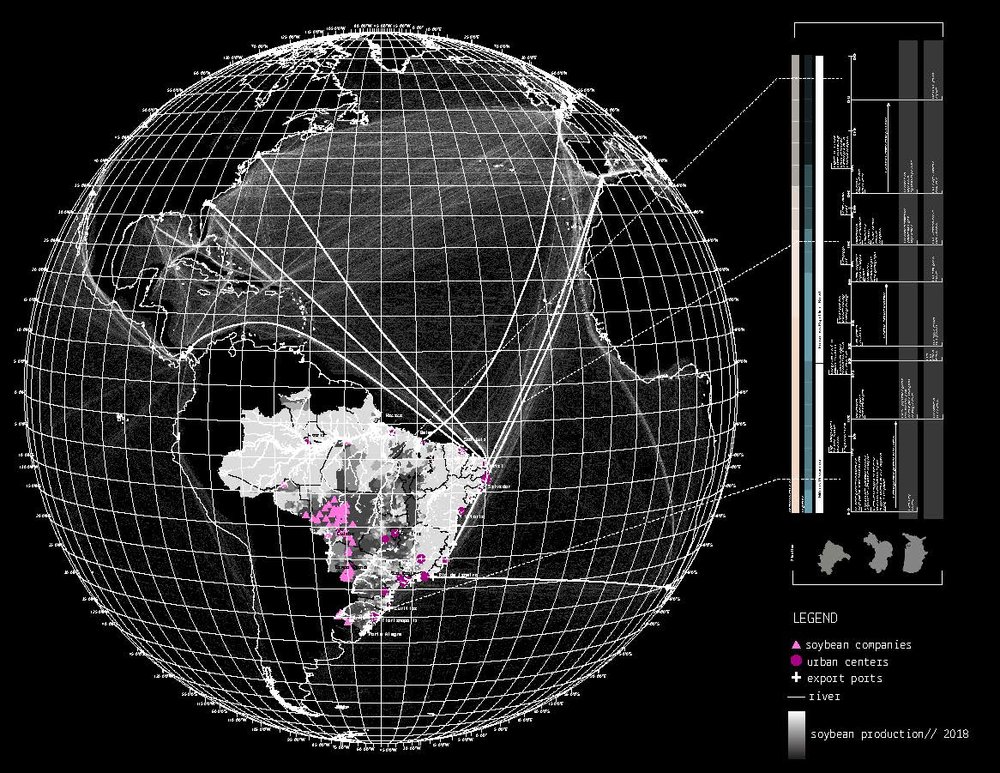Amidst concerns about the precariousness of both ecological and social sustainability on a global scale, there is a growing demand for an analytical framework that transcends the duality between nature & society and offers a novel and integrated platform from which to understand both. In pursuit of that goal, the tools of both energetics and urbanization theory can be drawn on to understand agricultural production as an area that serves as perhaps the most representative nexus between society and nature. The integration of the two theories - and thus an analysis of the energetics of urbanization under capitalism - allows for a deeper and more comprehensive understanding of the socio-spatial and environmental transformations that have been instigated across global scales: specifically, the ‘soyification’ of Brazilian agriculture. Agricultural intensification and GMO-dependence in Brazil has resulted in an agricultural monoculture, extensive herbicide use, an unsustainable reliance on genetic engineering, a tenuous socio-spatial re-organization, and perhaps most importantly, widespread deforestation. All of the above have contributed to an ecological situation that is inherently unstable in the long-term. Perhaps ironically, this intensification is driven largely by international demand fo meat as GDPs increase internationally; 80% of the soybeans that are produced in the Amazon region are used for animal feed. Soybean production in Brazil exhibits prime symptoms of an unequal ecological exchange: Brazilian natural resources are being depleted in the service of luxury consumption elsewhere. An application of the metabolic rift thus lies at the core of this issue, and enables us to spatialize and uncover one of the soybean’s main contradictions: a seemingly stable production system that is, however, founded upon inherently unstable and contradictory processes.

